Talk Overview
A eukaryotic cell is often 5-6 orders of magnitude larger than the molecules that make it up. How is it that these molecules interact to organize the complex structures that constitute a cell?
In part 1 of his seminar, Dr. Hyman explains how cell division in a C. elegans embryo provides an excellent model for organization of cellular structures and processes and how RNA interference (RNAi) is an extremely useful tool to study this model. He describes how individual proteins can form complexes of varying size and complexity. Complexes can then organize to form compartments, or non-membrane bound organelles such as centrosomes or the cell cortex, and the organization of these compartments drives the cellular organization. In parts 2, 3 and 4 of his talk, Hyman explains what is known about the organization of increasingly larger and more complex cell structures: the microtubules of the mitotic spindle, centrioles, and finally, P granules. He also discusses the necessity of bringing the tools of physics, chemistry and molecular biology to bear, in addressing the complexity of the cell.
Speaker Bio
Anthony Hyman
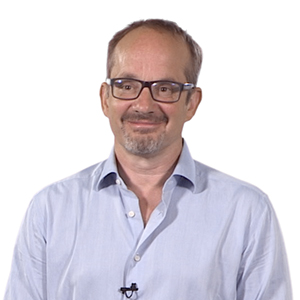
Tony Hyman received his BSc in Zoology from University College, London and his PhD from the Laboratory of Molecular Biology in Cambridge. He then moved to the University of California, San Francisco to pursue postdoctoral research. Hyman returned to Europe in 1993 when he joined the EMBL in Heidelberg as a young faculty member. After… Continue Reading
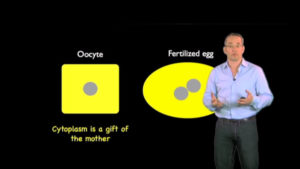
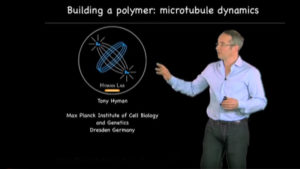
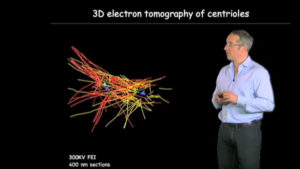
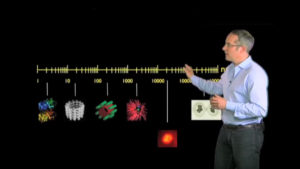
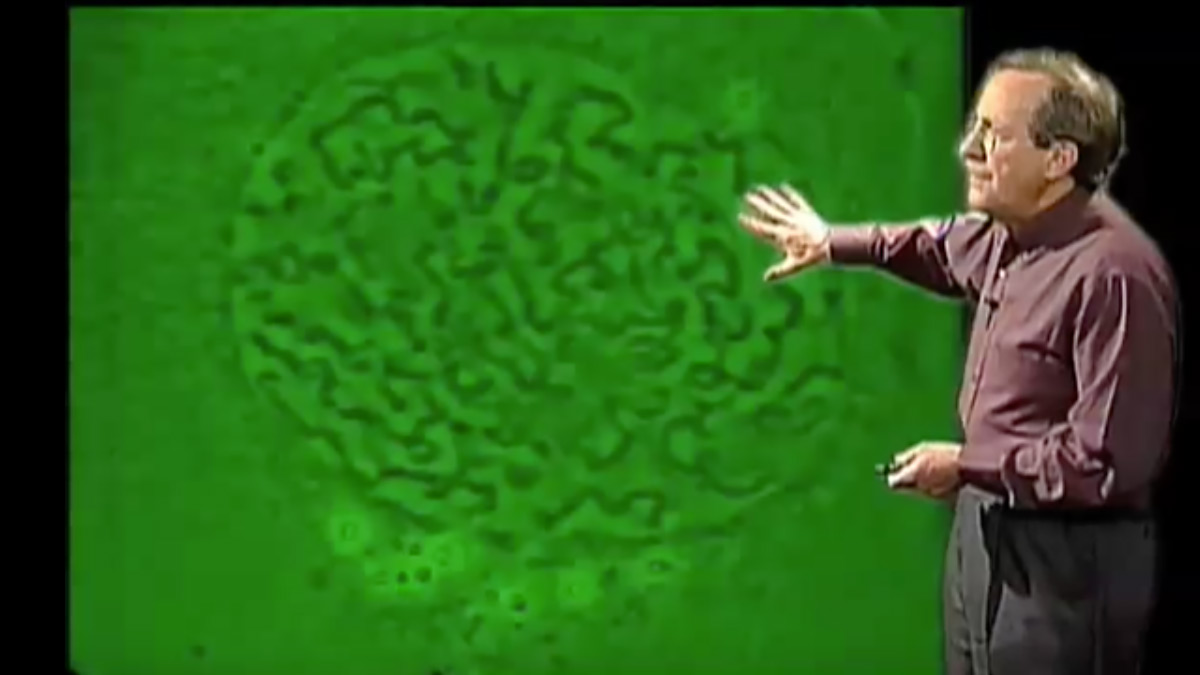
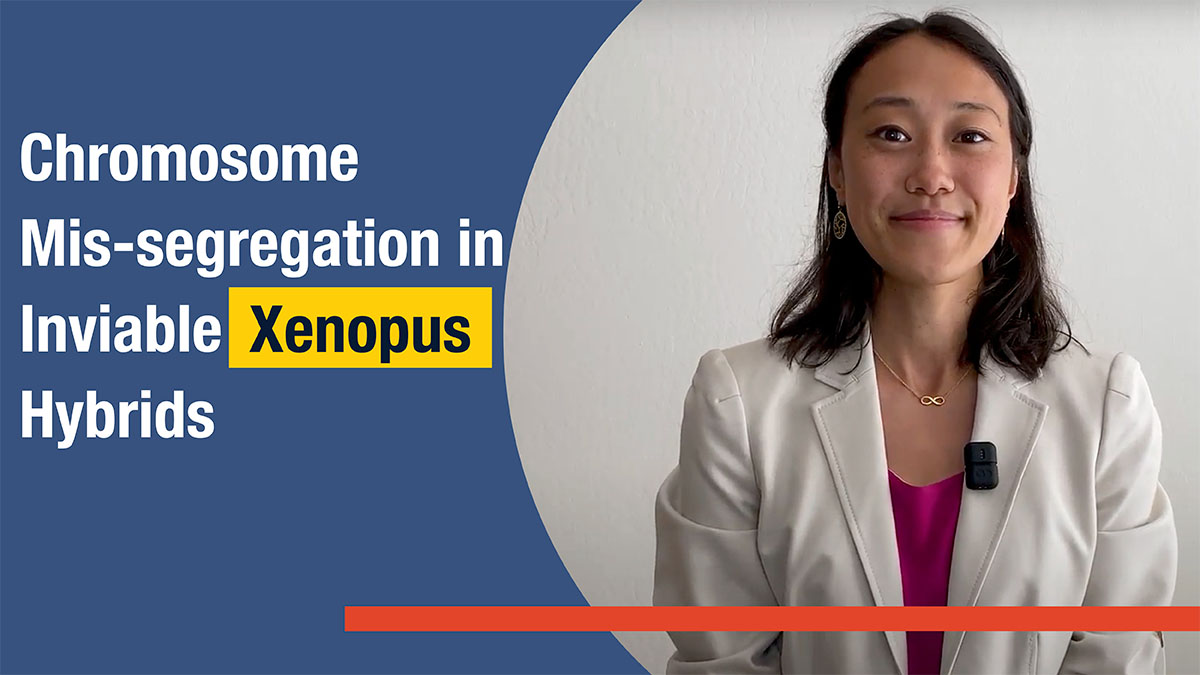
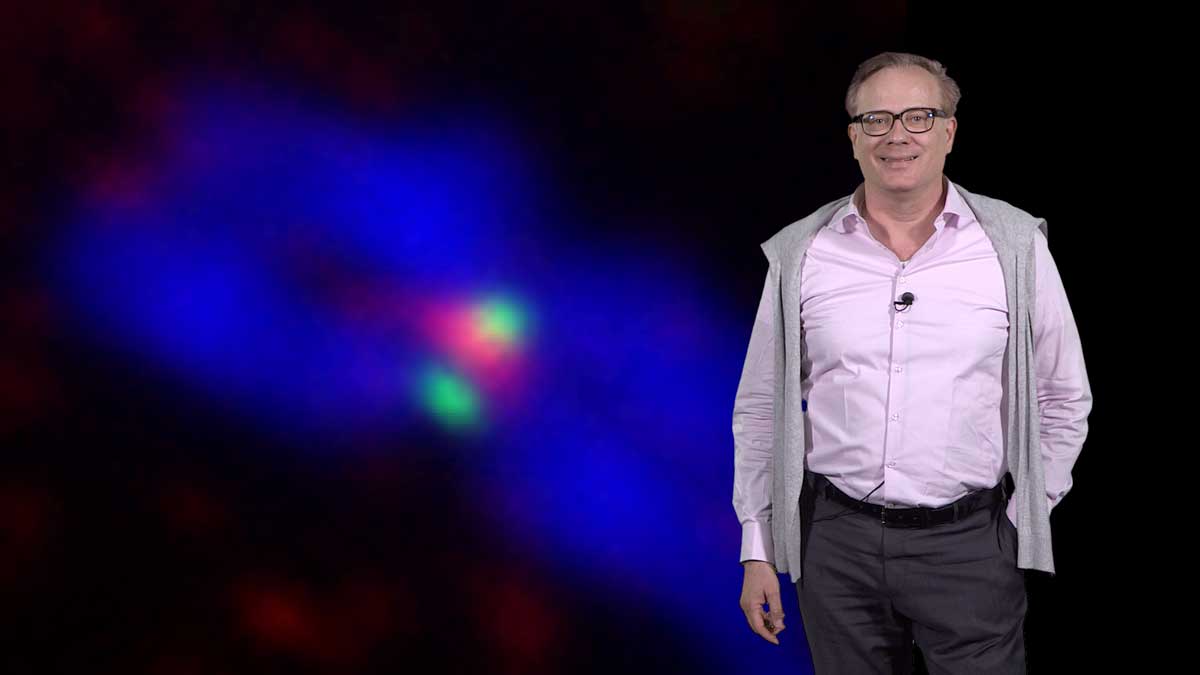
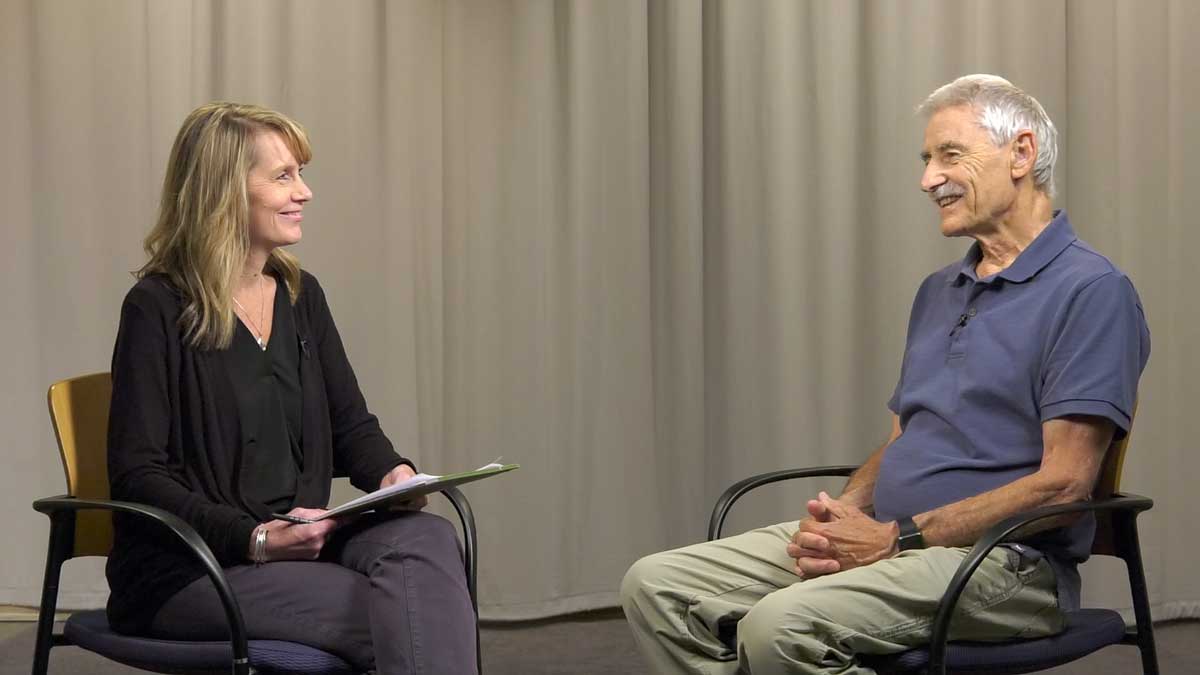





Leave a Reply